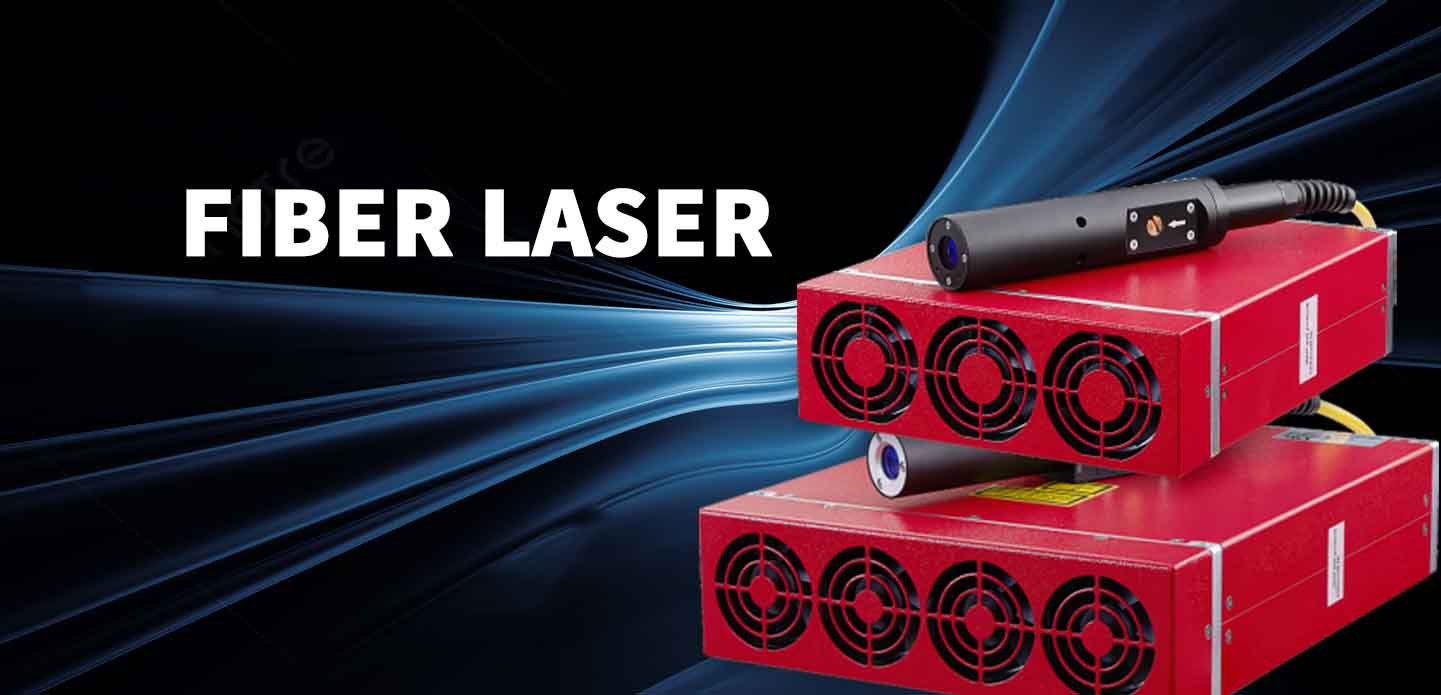In the landscape of advanced manufacturing and industrial applications, the adoption of cutting-edge technologies is indispensable for enhancing productivity and precision. Among the many innovations, the fiber laser module stands out as a transformative tool that has revolutionized various sectors, including metal fabrication, automotive production, aerospace, and beyond. This article delves into the significance of fiber laser modules, exploring their working principles, advantages, applications, and the future trends poised to shape the evolution of this technology.
What is a Fiber Laser Module?
A fiber laser module is a compact device that utilizes a fiber optic cable as the medium for laser generation and amplification. Unlike traditional solid-state lasers that rely on bulky components, fiber lasers are characterized by their integrated design, which allows for greater efficiency, higher beam quality, and improved reliability. The core of the fiber laser module consists of a doped optical fiber—usually doped with elements like ytterbium, neodymium, or erbium—which is pumped by high-power diodes to produce a laser beam.
How Fiber Laser Modules Work
The operational principle of fiber laser modules hinges on the process of stimulated emission. When the doped fiber is excited by pump lasers, the atoms in the fiber’s core become energetically agitated. As these atoms return to their ground state, they emit photons in a process that amplifies the existing light within the fiber. This amplification occurs in a feedback loop created by optical components, such as mirrors, at both ends of the fiber. The result is a high-quality laser beam that can be directed for various applications, including cutting, welding, and engraving.
Advantages of Fiber Laser Modules
One of the primary reasons for the growing popularity of fiber laser modules is their myriad advantages over traditional laser systems:
1. Efficiency and Power Consumption: Fiber lasers are known for their superior efficiency, often exceeding 25%. This high efficiency translates into lower operational costs, making them an attractive option for manufacturers seeking to minimize expenses.
2. High Beam Quality: The beam produced by fiber laser modules boasts excellent focusability and a small spot size, which allows for precise cutting and marking even on intricate designs and delicate materials.
3. Versatility: Fiber lasers can process a wide range of materials, including metals, plastics, and ceramics. This versatility makes them suitable for various applications, such as sheet metal cutting, 3D engraving, and additive manufacturing.
4. Compact Design: The integration of components into a single module reduces the overall footprint of laser systems. This compactness allows for easier installation and greater flexibility in manufacturing layouts.
5. Low Maintenance: Fiber laser modules require minimal maintenance compared to their counterparts. The solid-state design eliminates many of the moving parts that could lead to wear and tear, thus ensuring long operational life with fewer interruptions.
Applications of Fiber Laser Modules
The application spectrum for fiber laser modules is as broad as it is diverse. Here are some key industries and their corresponding uses:
– Metal Fabrication: In metalworking, fiber laser systems excel at cutting, welding, and marking metals. They are instrumental in the automotive and aerospace industries for fabricating components with tight tolerances.
– Electronics Manufacturing: Fiber lasers are utilized in the microfabrication of electronic components, enabling precise etching and engraving on circuit boards and semiconductors.
– Medical Device Manufacturing: The medical sector leverages fiber laser technology for manufacturing precision instruments, such as surgical tools and implants, where accuracy is of utmost importance.
– Jewelry Making: Jewelers employ fiber lasers for intricate engravings and cutting precious metals with exceptional precision, allowing for the creation of unique designs.
Future Trends and Developments
As technology continues to advance, fiber laser modules are expected to evolve further. There are several trends shaping the future of fiber lasers:
– Higher Power Outputs: Research and development are focused on increasing the power outputs of fiber lasers, enabling them to tackle more challenging materials and thicker substrates.
– Integration with Automation: The integration of fiber laser technology with robotics and automation systems is paving the way for advanced manufacturing processes that enhance productivity and reduce human error.
– Smart Manufacturing: With the advent of Industry 4.0, fiber lasers are being equipped with intelligent features, such as real-time monitoring and data analytics, to optimize performance and predictive maintenance.
In conclusion, fiber laser modules have established themselves as indispensable tools in modern manufacturing, offering unmatched efficiency, versatility, and precision. As industries increasingly adopt these technologies, understanding their role and potential will be crucial for manufacturers aiming to maintain a competitive edge in an ever-evolving marketplace. With continuous advancements on the horizon, the impact of fiber laser modules on industrial applications is set to grow even more profound, shaping the future of manufacturing for years to come.
由用户投稿整理稿件发布,不代表本站观点及立场,仅供交流学习之用,如涉及版权等问题,请随时联系我们(yangmei@bjjcz.com),我们将在第一时间给予处理。






